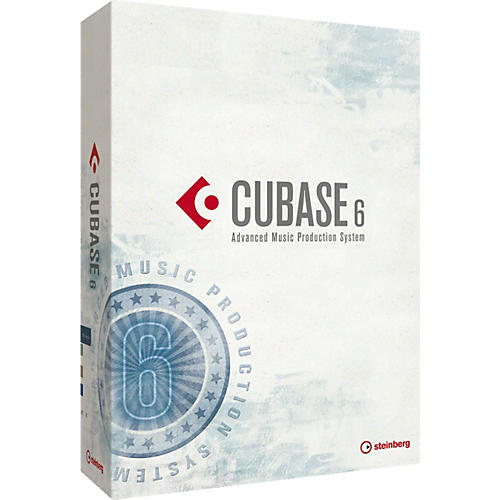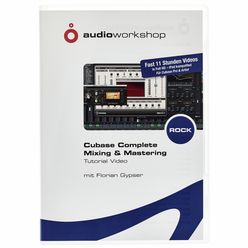



See the individual tutorial descriptions for more info. Once the mix is done, you'll learn how to export your finished mix for all the world to hear. Wrapping it all up, discover how to write and record Automation, use Quick Controls, VCA Faders, and create submixes within your main mix to bring it all together. Gary then starts to mix the tracks, and you'll see common practices for processing Drums, Bass, Guitars, and Vocals, including using Sidechain Compression, reverb, effects and more. Read Book Fast Guide To Cubase 4 Fast Guide To Cubase 4 This is likewise one of the factors by obtaining the soft documents of this fast guide to cubase 4 by online. Free Cubase User Guide, Download Instruction Manual and. You'll then get detailed coverage of the Mix Console, using Group Channels, Track Divider, Gain Staging and VU Metering pointers and more. Features in Cubase 4.5 Cubase 5.0 - Getting Started. Next, learn how to use the Marker Track and Arranger Track to map out your song's arrangement and quickly navigate between the different sections while mixing, as well as how to clean up any issues your audio may have by using Strip Silence. Learn the important basics as well as more advanced topics when getting ready to mix your next masterpiece!įirst, Gary welcomes you and goes over what will be covered in the series, and then starts at the beginning, showing you how to prepare for mixing with steps like packing your tracks into folders for an easier mixing workflow, and assigning colors to your tracks for simple visual recognition. Theres really no need to because overall volume boosts are done in mastering NOT mixing And, most of the time going over-level means instant distortion on the track. In this Groove3 video tutorial series, DAW pro Gary Hiebner delivers an in-depth collection of video tutorials on how to prepare and mix a song in Cubase 10. The mixing levels for each instrument should NEVER go over 0 level, and your mixing levels on your main/stereo out should never go over 0 level.


 0 kommentar(er)
0 kommentar(er)
